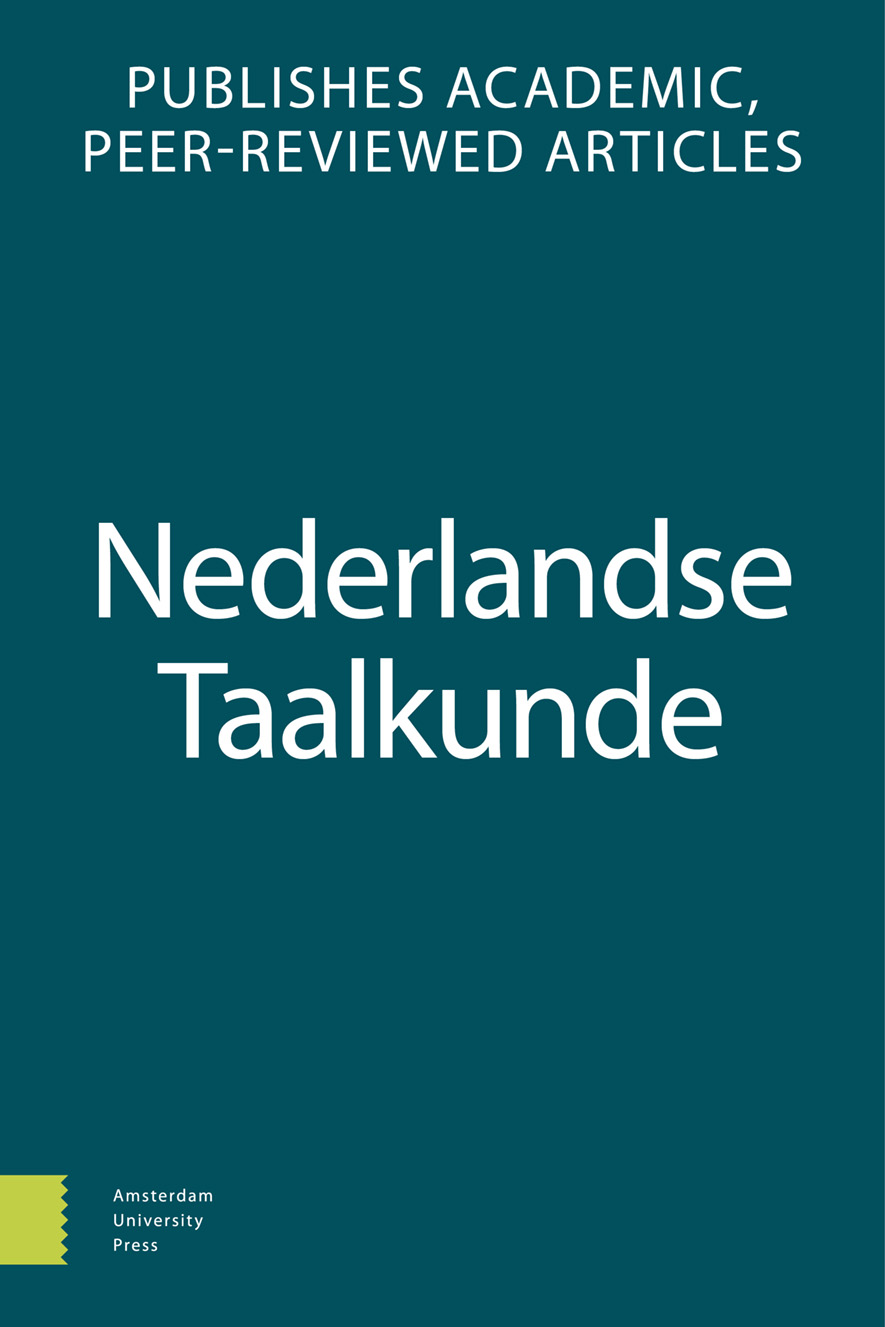-
oa A functional typology of Dutch insubordinate infinitives
- Amsterdam University Press
- Source: Nederlandse Taalkunde, Volume 28, Issue 1, Apr 2023, p. 72 - 103
-
- 01 Apr 2023
Abstract
This paper aims to offer a typology of Dutch insubordinate infinitives, which, following Evans’s (2007) definition of insubordination, are defined as ‘the main clause use’ of infinitival constructions. The main objectives of this paper are to provide a pragmatic analysis of these constructions in Dutch and, through cross-linguistic comparison, investigate whether their attested pragmatic functions correspond to the pragmatic functions of (a) insubordinate constructions in general and (b) insubordinate infinitives in particular. This is done on the basis of a corpus study, examining a sample of independent infinitival constructions attested in the Corpus of Spoken Dutch (CGN). Ultimately, three primary functions are distinguished for Dutch insubordinate infinitives that align with different types of insubordinate constructions attested cross-linguistically: they can be employed for (i) discursive strategies, (ii) interpersonal control, and (iii) evaluation and exclamation. In addition, through processes of insubordination and idiomatization a new type of output is created in which the insubordinate infinitival constructions behave as discourse markers. In adopting a language-specific, corpus-based approach, this study provides a first systematic and comprehensive functional typology of insubordinate infinitival constructions in Dutch. At the same time, it contributes to the ongoing theoretical debate on the functional load of insubordinate constructions.


